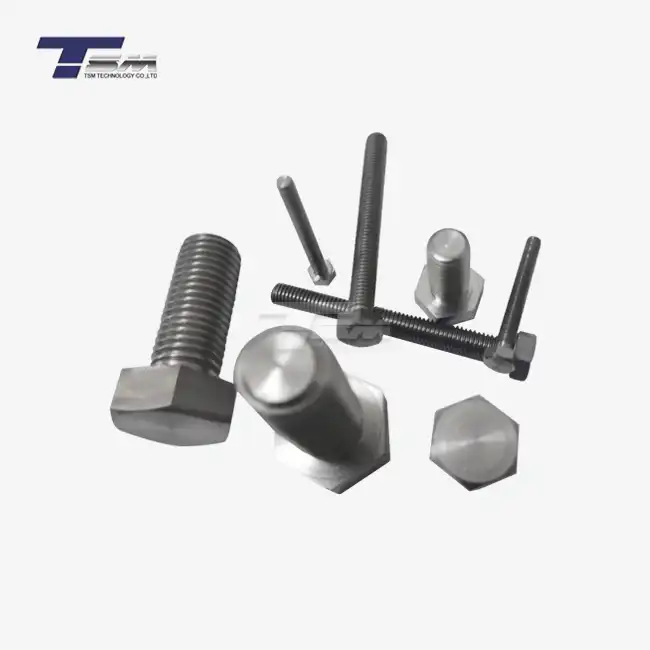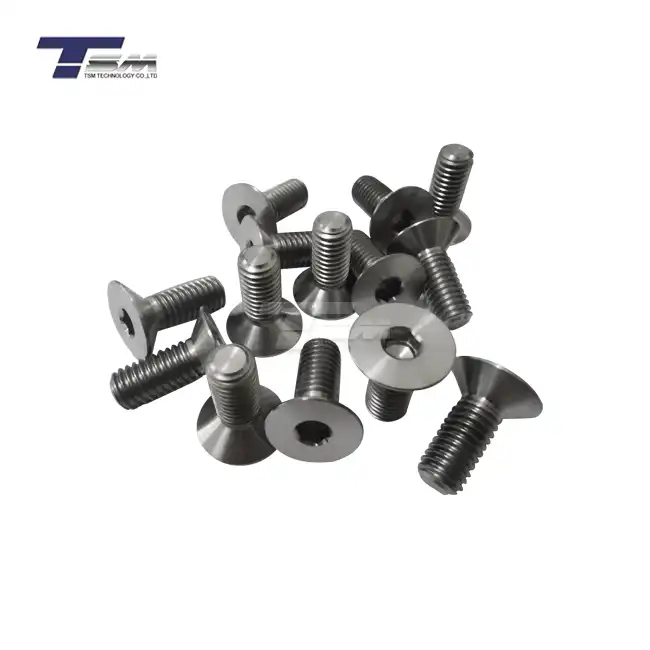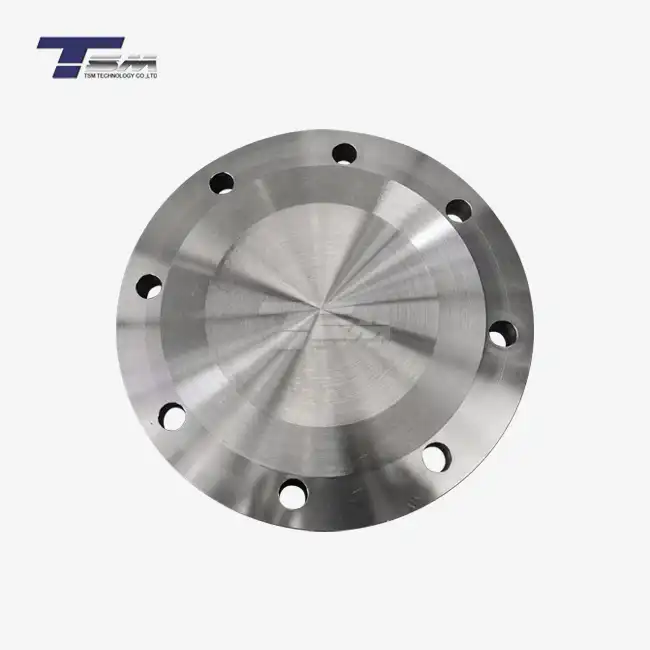- English
- French
- German
- Portuguese
- Spanish
- Russian
- Japanese
- Korean
- Arabic
- Greek
- German
- Turkish
- Italian
- Danish
- Romanian
- Indonesian
- Czech
- Afrikaans
- Swedish
- Polish
- Basque
- Catalan
- Esperanto
- Hindi
- Lao
- Albanian
- Amharic
- Armenian
- Azerbaijani
- Belarusian
- Bengali
- Bosnian
- Bulgarian
- Cebuano
- Chichewa
- Corsican
- Croatian
- Dutch
- Estonian
- Filipino
- Finnish
- Frisian
- Galician
- Georgian
- Gujarati
- Haitian
- Hausa
- Hawaiian
- Hebrew
- Hmong
- Hungarian
- Icelandic
- Igbo
- Javanese
- Kannada
- Kazakh
- Khmer
- Kurdish
- Kyrgyz
- Latin
- Latvian
- Lithuanian
- Luxembou..
- Macedonian
- Malagasy
- Malay
- Malayalam
- Maltese
- Maori
- Marathi
- Mongolian
- Burmese
- Nepali
- Norwegian
- Pashto
- Persian
- Punjabi
- Serbian
- Sesotho
- Sinhala
- Slovak
- Slovenian
- Somali
- Samoan
- Scots Gaelic
- Shona
- Sindhi
- Sundanese
- Swahili
- Tajik
- Tamil
- Telugu
- Thai
- Ukrainian
- Urdu
- Uzbek
- Vietnamese
- Welsh
- Xhosa
- Yiddish
- Yoruba
- Zulu
Monel 400 vs Stainless Steel
When choosing between Monel 400 and stainless steel, the decision hinges on understanding their distinct properties and how they align with specific needs. Monel 400, a nickel-copper alloy, excels in corrosion resistance, particularly in harsh environments like marine or chemical settings, due to its high nickel content. Stainless steel, an iron-based alloy, offers versatility, strength, and affordability, with grades like 304 and 316 providing excellent corrosion resistance for general use. While Monel 400 outperforms in extreme conditions, stainless steel is often preferred for its cost-effectiveness and wide applicability. For industries requiring superior alloys, such as those supplied by TSM TECHNOLOGY, evaluating these materials' composition, mechanical properties, and environmental resilience is crucial to making an informed choice.
Understanding the Composition and Properties of Monel 400
Elemental Makeup of Monel 400
Monel 400 is a nickel-copper alloy renowned for its exceptional durability and resistance to corrosive environments. Its composition primarily consists of approximately 63% nickel and 28-34% copper, with trace amounts of iron, manganese, carbon, and silicon. This unique blend imparts remarkable resilience, particularly in settings where exposure to acids, alkalis, and saltwater is prevalent. The high nickel content enhances its ability to withstand oxidative and reductive conditions, while copper bolsters its resistance to seawater degradation. Unlike many alloys, Monel 400 maintains its integrity without the need for additional protective coatings, making it a stalwart choice for demanding applications.

Mechanical Characteristics of Monel 400
The mechanical properties of Monel 400 further underscore its robustness. It exhibits a tensile strength ranging from 550 to 760 MPa, depending on its form and processing, with a yield strength of approximately 240 to 415 MPa. Its elongation at break, a measure of ductility, typically falls between 20-50%, allowing it to endure significant deformation without fracturing. Monel 400 also boasts a hardness value of around 110-150 HB (Brinell), reflecting its ability to resist surface wear. Additionally, its density of 8.8 g/cm³ indicates a relatively heavy yet compact structure, contributing to its stability in high-stress environments.
Thermal and Electrical Behavior of Monel 400
Monel 400's thermal and electrical properties are equally noteworthy. It has a melting point of approximately 1300-1350°C, enabling it to perform reliably under elevated temperatures without compromising its structural integrity. Its thermal conductivity, measured at 21.8 W/m·K, is moderate, meaning it dissipates heat steadily but not as rapidly as pure metals like copper. Electrically, Monel 400 exhibits a resistivity of 54.7 µΩ·cm, positioning it as a modest conductor, suitable for applications where electrical performance is not the primary concern. These attributes collectively make Monel 400 a versatile alloy for industries requiring steadfast materials.
Exploring the Composition and Properties of Stainless Steel
Elemental Composition of Stainless Steel
Stainless steel, an iron-based alloy, is celebrated for its adaptability and widespread use across industries. Its composition typically includes iron as the base metal, with a minimum of 10.5% chromium, which imparts its signature corrosion resistance by forming a passive oxide layer on the surface. Additional elements, such as nickel, molybdenum, and carbon, are incorporated depending on the grade. For example, grade 304 stainless steel contains 18% chromium and 8% nickel, while grade 316 includes 2-3% molybdenum for enhanced resistance to pitting corrosion. This variability in composition allows stainless steel to cater to a broad spectrum of requirements, from cost-effective solutions to high-performance needs.
Mechanical Traits of Stainless Steel
The mechanical properties of stainless steel vary significantly across its grades, offering a spectrum of strengths and flexibilities. For instance, grade 304 stainless steel has a tensile strength of approximately 515-620 MPa and a yield strength of around 205 MPa, with an elongation at break of 40-60%, indicating excellent ductility. Grade 316, slightly stronger due to its molybdenum content, exhibits a tensile strength of 530-680 MPa and a yield strength of 240 MPa. Hardness values for these grades typically range from 123-200 HB, depending on processing. Stainless steel's density, averaging 7.8 g/cm³, is lighter than Monel 400, making it a practical choice for applications where weight is a consideration.
Thermal and Electrical Performance of Stainless Steel
Stainless steel's thermal and electrical properties also contribute to its versatility. Its melting point varies by grade but generally falls between 1370-1450°C, allowing it to withstand high temperatures, though not as extreme as some nickel alloys. Thermal conductivity in stainless steel is relatively low, around 15-16 W/m·K, meaning it retains heat longer than highly conductive metals, which can be advantageous in certain contexts. Electrically, stainless steel has a resistivity of approximately 70-75 µΩ·cm, making it a poor conductor compared to pure metals but sufficient for structural applications. These characteristics ensure stainless steel remains a reliable option across diverse environments.
Comparing Monel 400 and Stainless Steel: A Detailed Analysis
Corrosion Resistance: Monel 400's Edge
One of the most striking differences between Monel 400 and stainless steel lies in their corrosion resistance. Monel 400 excels in environments where exposure to seawater, hydrofluoric acid, and sulfuric acid is common, owing to its nickel-copper synergy. Its resistance to stress corrosion cracking and pitting in saline conditions surpasses that of most stainless steel grades, including 316, which, while robust, can still succumb to chloride-induced pitting over time. Stainless steel, however, offers commendable corrosion resistance for general use, with its chromium oxide layer providing a protective barrier against rust and oxidation. In less aggressive settings, stainless steel often proves sufficient, balancing performance with cost.
Strength and Durability: A Balanced Perspective
When evaluating strength and durability, both materials showcase distinct advantages. Monel 400's tensile strength, reaching up to 760 MPa, rivals or exceeds that of many stainless steel grades, particularly in its annealed state. Its ability to maintain structural integrity under mechanical stress and corrosive attack makes it a formidable contender. Stainless steel, however, offers a broader range of strengths across its grades, with options like duplex stainless steels achieving tensile strengths exceeding 800 MPa. For applications prioritizing sheer strength over corrosion resistance, stainless steel may hold the upper hand, especially given its lighter density, which can reduce overall structural weight.
Cost and Availability: Practical Considerations
Cost and availability are pivotal factors in material selection, and here, stainless steel often emerges as the more pragmatic choice. Monel 400, with its high nickel content, commands a premium price, reflecting its specialized composition and manufacturing processes. Its availability, while global through suppliers like TSM TECHNOLOGY, may be more limited compared to stainless steel, which benefits from widespread production and a vast array of grades. Stainless steel's affordability and accessibility make it a go-to option for projects where budget constraints are significant, whereas Monel 400 is typically reserved for scenarios demanding unparalleled performance in extreme conditions.
Conclusion
Choosing between Monel 400 and stainless steel requires a nuanced understanding of their properties, from composition to mechanical and environmental performance. Monel 400 shines in corrosive, high-stress environments, offering unmatched durability, while stainless steel provides versatility, strength, and cost-effectiveness across a wider range of applications. By weighing these factors, industries can select the alloy best suited to their needs, ensuring longevity and efficiency in their projects. For expert guidance and access to premium alloys, TSM TECHNOLOGY stands ready to assist.
Contact Us
For expert guidance on selecting the right alloy for your application, reach out to our team of specialists. Contact us at info@tsmnialloy.com or visit TSM TECHNOLOGY for more information on our superior alloy solutions.
References
Smith, J. A. (2019). Nickel Alloys in Industrial Applications: Properties and Performance. Materials Science Publishing.
Brown, L. M. (2020). Stainless Steel: Composition, Properties, and Uses. Engineering Press.
Patel, R. K. (2021). Corrosion Resistance of Nickel-Copper Alloys. Journal of Materials Engineering.
Davis, H. T. (2018). Comparative Analysis of High-Performance Alloys. Industrial Materials Review.
Kumar, S. (2022). Thermal and Electrical Properties of Engineering Alloys. Technical Publications.
Thompson, E. G. (2023). Cost-Benefit Analysis of Specialty Metals in Industry. Global Engineering Reports.
Learn about our latest products and discounts through SMS or email
_1739071581132.webp)


